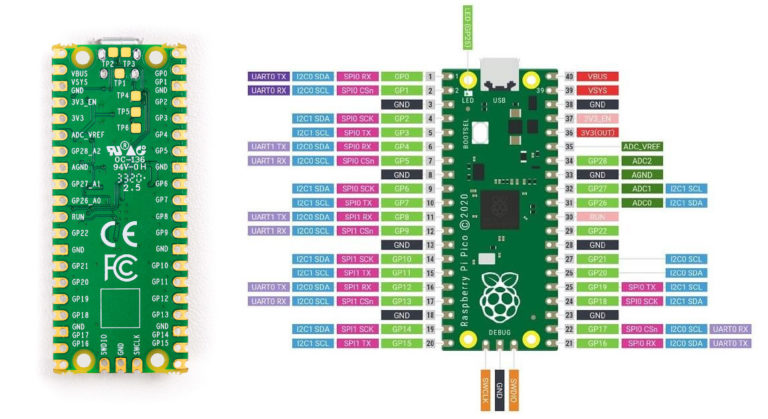

One for Pico, the other for Pico W."Ī fork of MicroPython, CircuitPython has been released for RP2040 boards. We’ll be upstreaming the changes to the main MicroPython repository soon after launch, but as MicroPython has separate binaries on a per-board rather than per-architecture basis there will always be two distinct UF2 firmware releases going forward. "This UF2 firmware we’re making available for Pico W is a separate build to the existing MicroPython firmware for our original Pico board. In the announcement blog post, Raspberry Pi LTD CEO explains why this is required. With the release of the Raspberry Pi Pico W, we now see two different firmware options, one for the new Pico W 2 and the other for the original board. Writing MicroPython code for the Raspberry Pi Pico is possible using the Thonny Python IDE, which is available for all the major OSes, and it is the most accessible way to get started with your Pico. Since then, more devices have adopted this easy to use language and there is a further fork of MicroPython,CircuitPython created by Adafruit which adds further enhancements for their range of boards. It was created by Damien George and first used with the PyBoard development board back in 2014. MicroPython is a version of Python 3 for microcontrollers. MicroPython and C/C++ are the officially supported languages from the Pi Foundation, but CircuitPython, which is similar, has certain advantages such as its built-in support for USB HID, which means that you can turn your Pico into a keyboard, mouse or joystick that's recognized by a PC.

There's even Piper Play, a block-based version of Python for the Pico. The Pico and third-party RP2040 boards can use a variety of programming languages, include MicroPython, CircuitPython, C/C++ and Arduino language.


 0 kommentar(er)
0 kommentar(er)
